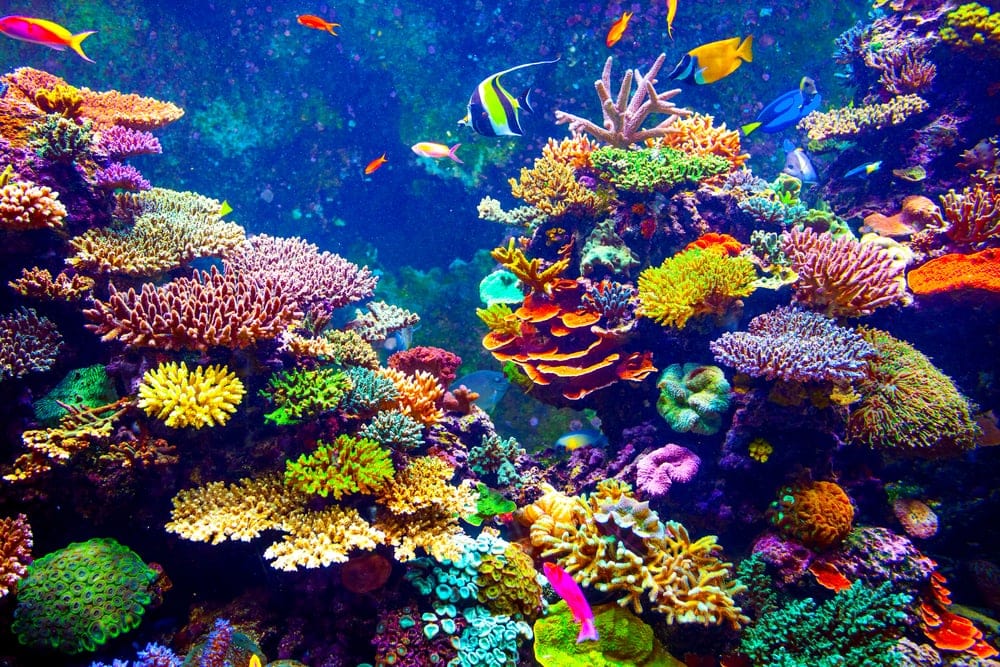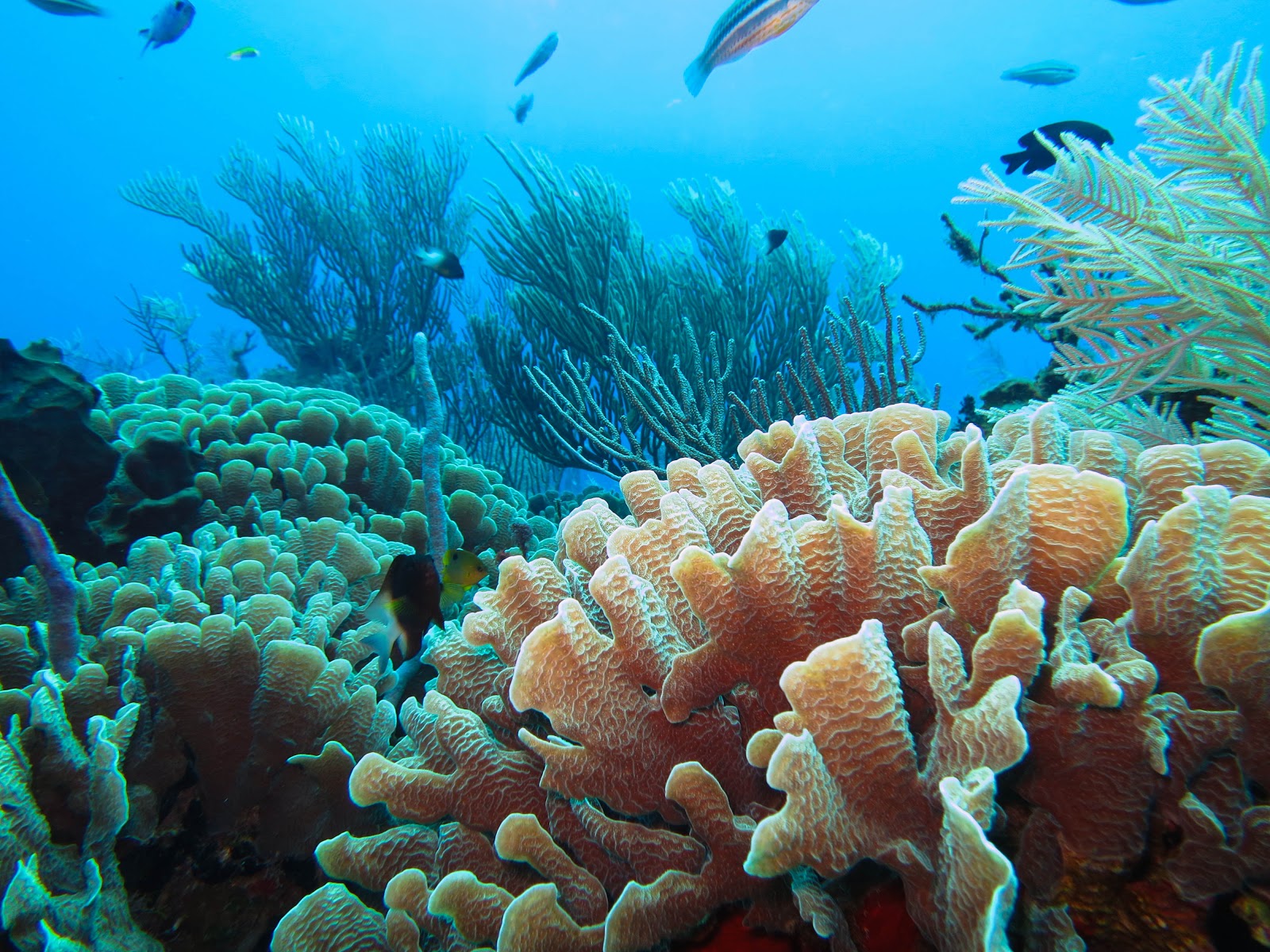Coral Shannon - Protecting Ocean's Living Structures
Have you ever wondered about the incredible, vibrant structures beneath the ocean's surface, the ones that are so full of life and color? These amazing places, often called the rainforests of the sea, are actually found in quite a few different spots across our big, blue planet. From the very deep, rather chilly parts of the ocean, where the sun barely reaches, all the way to the bright, warm, shallow areas near the coast, you can find these natural wonders, you know. It's pretty fascinating how widespread they actually are, providing homes for so many creatures.
Yet, when we talk about the really big, sprawling reef systems, the ones that truly shape the underwater world, they tend to form in rather specific conditions. These more expansive, tropical, and even some temperate kinds of reefs, they mostly grow within a particular band, stretching, say, no more than about 30 degrees north of the equator. It's a bit like how certain plants only grow in certain climates on land, so these underwater cities have their preferred neighborhoods, you see.
This focus on specific areas, and the general well-being of these underwater ecosystems, is something many groups are working on, you know, like with a concept we might call "Coral Shannon." It’s a way of thinking about how we keep an eye on these delicate environments and help them stay healthy. People are genuinely working together to keep tabs on what's happening down there, collecting information and sharing it around, which is pretty important, actually, for their future.
Table of Contents
- Where Do We Find Coral Shannon's Underwater Homes?
- How Do We Keep Tabs on Coral Shannon's Health?
- What's Being Done to Help Coral Shannon Thrive?
- Can Tourism Support Coral Shannon's Future?
- Why is Coral Shannon So Important?
Where Do We Find Coral Shannon's Underwater Homes?
The Wide Reach of Coral Shannon's Reefs
You know, it's pretty incredible to think about just how far and wide these amazing underwater formations, which we might consider part of the "Coral Shannon" story, actually stretch across our big, blue world. They aren't just in those sunny, warm spots you see on postcards, not at all. You can find these living structures, almost like little cities made of stone and life, in some really surprising places. For instance, some of them live way down in the very deep, rather chilly parts of the ocean, where the sunlight barely, if ever, manages to peek through. It’s a bit different from what most people picture, but they are there, adapting to those colder, darker conditions, pretty much just getting by.
Then, of course, there are the more familiar kinds, the ones that really burst with color and activity, those that make up the shallow, warm, sun-drenched tropical waters. These are the ones we often associate with snorkeling and bright fish, and they are truly a sight to behold, you know. So, it's not just one type of environment where these natural wonders exist; they really do show up in quite a range of oceanic settings, from the very top layers to quite far down below the surface, which is pretty cool when you think about it. It just goes to show how adaptable life can be, in a way.
It's fascinating, too, how these formations manage to thrive in such different settings. The ones in the deeper, colder parts of the ocean, they don't rely on sunlight for their food in the same way their shallow-water cousins do. They get their energy from other sources, which is a testament to how diverse and clever nature can be, really. These deep-sea versions of Coral Shannon's homes might not be as colorful, but they are just as important in their own way, providing shelter and sustenance in places we rarely see.
- Mierle Laderman Ukeles Upcming Echibitons 2024
- Littlebee Pornstar
- Madison Dirks Nude
- Shannon Parker
- Boots And Bear
Special Spots for Coral Shannon's Growth
However, when we talk about the truly massive, sprawling reef systems, the ones that really build up over long periods and create huge underwater features, those are a bit more particular about where they set up shop. These temperate and tropical kinds of reefs, the ones that form the big, complex structures, they typically only grow within a rather specific band around the Earth. They generally stick to an area that stretches, at most, about 30 degrees north of the equator. It’s almost like they have a preferred climate zone, similar to how certain plants on land need specific temperatures and rainfall to really flourish. So, while you can find some coral almost anywhere, the really big, community-building reefs have their very own special neighborhoods, as a matter of fact.
This particular zone, this band across the globe, is where the conditions are just right for these specific types of reefs to grow and flourish, you know. It’s a combination of warm water, enough sunlight, and clear water that helps them build those incredible structures we admire so much. These are the places where the "Coral Shannon" concept truly comes to life in terms of sheer scale and biological richness. Without these very specific environmental factors, these grand underwater cities simply wouldn't be able to form in the way they do, which is pretty important to grasp.
So, while the idea of "Coral Shannon" covers all sorts of coral habitats, it’s really these temperate and tropical areas that house the most well-known and biologically significant formations. These specific geographic limits mean that conservation efforts, like those under the umbrella of "Coral Shannon," can focus their attention on these particularly sensitive and productive regions. It helps us understand where our efforts can make the biggest difference, essentially, for keeping these places healthy and full of life.
How Do We Keep Tabs on Coral Shannon's Health?
Networks Watching Over Coral Shannon
Keeping an eye on something as vast and spread out as the world's coral populations, especially when we think about the health of "Coral Shannon," is a huge undertaking, you know. It’s not something one person or even one country can do alone. That’s why we have these really important groups and networks that work together to gather information and share what they learn. For example, there's a group called the Global Coral Reef Monitoring Network, which is pretty much an active part of the International Coral Reef Initiative. They are always collecting data, seeing how things are doing, and making sure everyone gets the picture.
Then, you also have organizations like the U.S. Coral Reef Task Force, which works on its own part of the world, but with similar goals. These groups, essentially, provide ways for people to report on the condition of these underwater places. They are like the eyes and ears of the ocean, collecting vital signs from different spots, which is incredibly useful, as a matter of fact. Without these kinds of organized efforts, it would be nearly impossible to get a clear picture of what’s happening with these delicate ecosystems, or to understand what needs to be done next.
These networks play a truly important part in our collective effort to protect "Coral Shannon." They help us see patterns, identify problems early, and understand what approaches are working well in different places. It's a bit like having a global health check-up for the reefs, providing the essential information we need to make good choices about their future. So, their work is pretty fundamental to everything else we try to do to help these amazing underwater structures, you know.
Working Together for Coral Shannon
It’s not just about monitoring, though; it’s also about different groups coming together to really make a difference for "Coral Shannon." You have big international groups like the International Coral Reef Initiative, or ICRI for short, which helps set the tone for global efforts. Then there’s the Global Fund for Coral Reefs, which, as its name suggests, helps gather financial support for important projects. These organizations, you see, are absolutely key to getting things done on a bigger scale.
And it goes even further, with groups like the Secretariat of the Pacific Regional Environment Programme, or SPREP, which focuses on the Pacific region, where so many of these amazing reefs are found. There are also specific Pacific initiatives that work hand-in-hand with these larger bodies. This kind of widespread collaboration is really what makes the whole "Coral Shannon" idea possible. It’s about many different hands working on the same big goal, pooling their resources and their knowledge, which is pretty cool, actually.
These various organizations and groups, they don’t just exist in isolation. They talk to each other, they share information, and they coordinate their activities. This kind of shared effort means that the work to protect and restore "Coral Shannon" is more effective and reaches more places. It's truly a testament to how much people care about these precious parts of our natural world, and how much can be achieved when everyone pulls in the same direction, you know.
What's Being Done to Help Coral Shannon Thrive?
Guiding Efforts for Coral Shannon's Restoration
Beyond just watching over them, there’s a lot of active work going on to help "Coral Shannon" recover and grow stronger, especially when parts of it have been damaged. The International Coral Reef Initiative, that group we talked about earlier, is doing some really important work here. They are helping to figure out the very best ways to go about bringing coral back to life, to put it simply. This means establishing what works well and what doesn't, so that efforts to help the reefs are as effective as possible. It's all about getting those methods just right, you know.
These best practices for coral restoration are incredibly important because they help make sure that when people try to fix a damaged reef, they are doing it in a way that actually helps the whole ecosystem. It's not just about putting some coral back; it’s about making sure the entire system can get back to providing its many helpful services. For example, healthy reefs act like natural walls, helping to protect coastlines from big waves and storms. This is a really important job, especially for communities living near the sea, as a matter of fact.
And it’s not just about coastal protection either. These restoration efforts, part of the bigger "Coral Shannon" picture, also aim to help bring back the fish populations that rely on these reefs for their homes and food. When a reef is healthy, it’s like a bustling apartment building for countless marine creatures, providing shelter and places to find meals. So, by working to restore these underwater structures, we are also helping to bring back the fish and other sea life that depend on them, which is pretty vital for the overall health of the ocean, you see.
The focus here is really on supporting the natural systems that are so important for our planet. When we talk about "Coral Shannon" and its restoration, we’re talking about helping nature help itself, in a way. It’s about giving these amazing living structures the best possible chance to thrive again, so they can continue to provide those incredibly valuable services, from protecting our shores to supporting a huge variety of ocean life. This work requires a lot of careful planning and dedication, naturally.
- Chelsea Erdman Onlyfans
- Liliana Jasmine Leaks
- Karlee Z Williams
- Lexypanterra Leak
- Laurie Strong Face Age

22 Incredible Types of Coral (Plus Photos, Fun Facts & More) - Outforia
/GettyImages-521652072-5bb274e046e0fb00261cc14c.jpg)
Types, Functions, and Conservation of Coral Reefs

Coral reef | Earth Blog